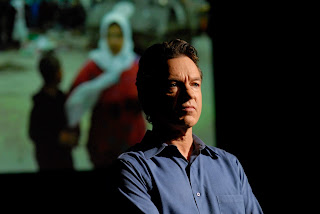Search This Blog
A strolling guide to New York City by writer and photographer Teri Tynes. Active during the years 2007-2021, Walking Off the Big Apple plans new walks away from the city in the summer of 2025.
Posts
Showing posts from April, 2010
Coming this summer 2025
A Hudson River Camino - a cultural and spirit-filled pilgrimage up river.
Free Verse, Love and Greenwich Village - Where Poetry Burns At Both Ends
- Get link
- X
- Other Apps
At the Tribeca Film Festival: "My Trip to Al-Qaeda" (It's Like a Movie)
- Get link
- X
- Other Apps
Respite: On the Grounds of St. Mark's Church in-the-Bowery
- Get link
- X
- Other Apps
New York, New York Films at the 9th Tribeca Film Festival
- Get link
- X
- Other Apps
Strolling Notes: Restaurants, Cafes, and Walk-Ups (With Dog-Friendly Advice)
- Get link
- X
- Other Apps
Under the High Line: A Guide to Art, Food, Cars, and Theology
- Get link
- X
- Other Apps
Playing With the City: Antony Gormley's EVENT HORIZON
- Get link
- X
- Other Apps
A Walk in the Village: 15 Captions for 15 Pictures of Trees
- Get link
- X
- Other Apps
June 11, 2025 in Beacon, NY

On a day trip from NYC








